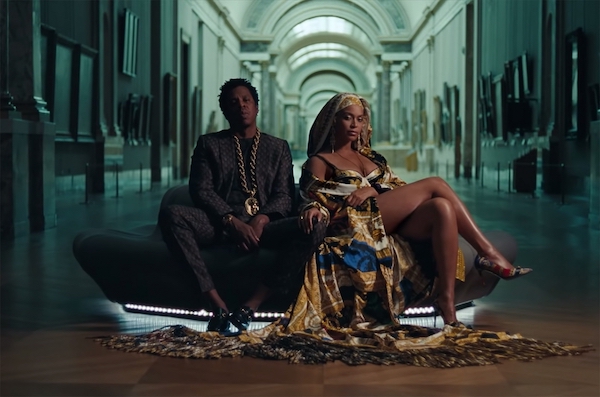With most of society confined to their homes, the art scene is fundamentally changing the way it operates.

The solution, as with most things, is to go digital. Several art exhibits and museums around the world have shut down and are offering virtual tours and free online content instead. This digital shift has the potential to transform the ritual of how we interact with art – does this upcoming age signal the death of the museum?
The Biennale of Sydney is an annual contemporary art event, known for the event’s vast size and immersive exhibits. This year, the Biennale’s exhibit, NIRIN, predominantly showcases First Nation artists, containing 700 artworks of 101 artists. Following recent Government announcements, the Biennale ceased its normal operation on the 24th of March. However, instead of cancelling the exhibition, the iconic event is looking to move to an online space. The event says it is working with its partner Google Arts & Culture to bring “live content, virtual walkthroughs, podcasts, interactive Q&As, curated tours and artist takeovers.”
Similar changes are happening worldwide, with major museums and galleries offering user-friendly online tours. New York’s Metropolitan Museum of Art has launched its #MetAnywhere campaign, which includes interactive exhibitions, artist videos, 360-degree virtual tours and social media initiatives. The Louvre in Paris, France is even giving the opportunity for users to pretend they’re in a Beyonce & Jay-Z video by offering a virtual tour of the artworks used in the ‘APES**T’ music video.

Art curators worldwide often emphasise the role of art for uniting the community as reason for offering such changes, but this raises questions of whether art spaces can really be considered community-focused and accessible in the first place. There’s no doubt that some may have preconceived notions of who frequents an art gallery, leading them to associate art with intimidation and exclusivity.
In 2017, the United States had a minority population of 34%, but this did not reflect in the number of minority museum attendees, with minority groups making up only 9% of the museum attendee population. Going digital could not only break down these socioeconomic barriers, but the physical ones too, making museums more accessible for those with disabilities. It is possible that this shift is what these institutions need to truly reflect their community.
One can argue that viewing an artwork in person is incomparable to viewing it online, thus rendering museums and art galleries untouchable in terms of their significance. Of course, exclusivity has always been important in attributing value to art and perhaps the ritual of viewing art will remain the same once this crisis is over. But the digital shift represents an opportunity to connect with other demographics – while the museum may not die, its communal significance can undergo a significant transformation, thus giving it new life.
Subscribe to FIB’s Weekly Alchemy Report for your weekly dose of music, fashion and pop culture news!







